The No-Nonsense Guide to Younger Looking Skin
Reverse the signs of aging with these standout skincare products and treatments that really work.
By Jenny Bailly
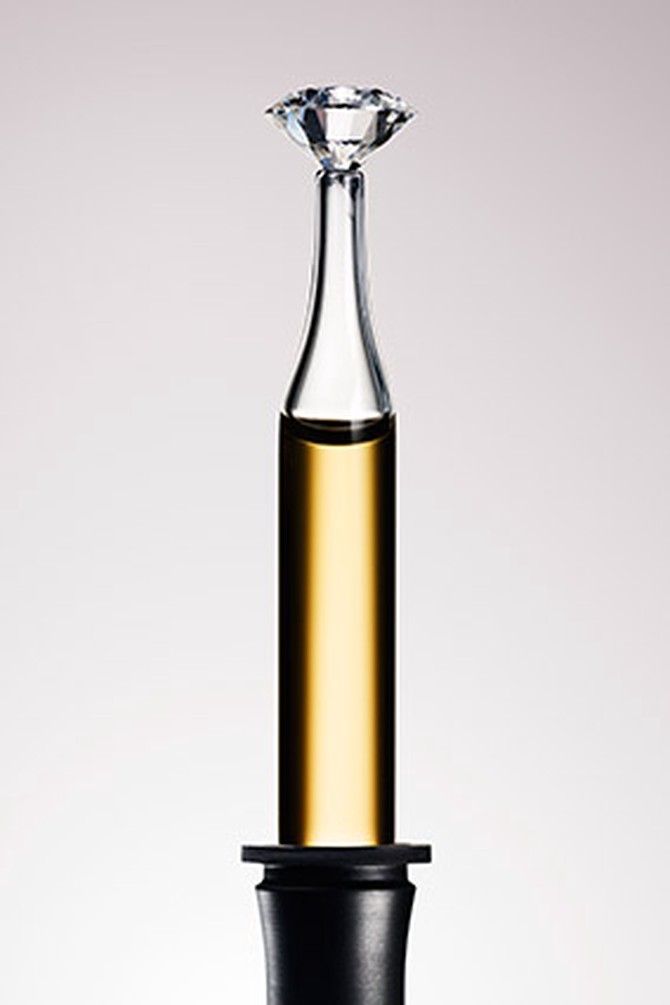
Photo: Craig Cutler
Facing the Future
Better skin as you age? Yes! Follow our scientifically proven guide to transforming your complexion, starting with your at-home regimen. You'll look even more gorgeous tomorrow than you do today.
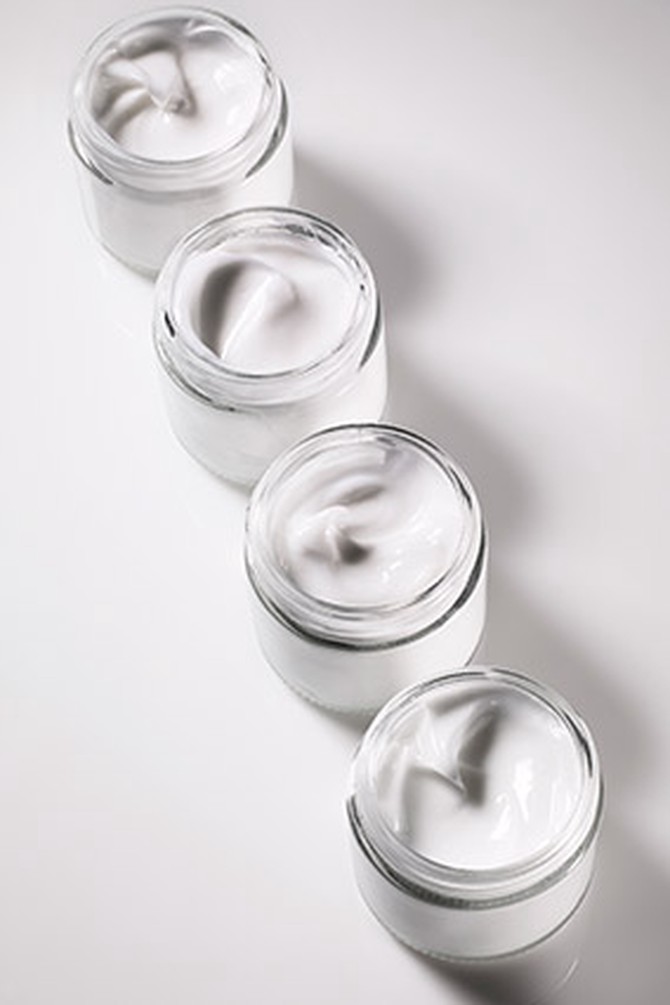
Photo: Craig Cutler
The No-Fail Formula
Here are the five skincare ingredients absolutely, positively
guaranteed to help reverse the effects of aging.
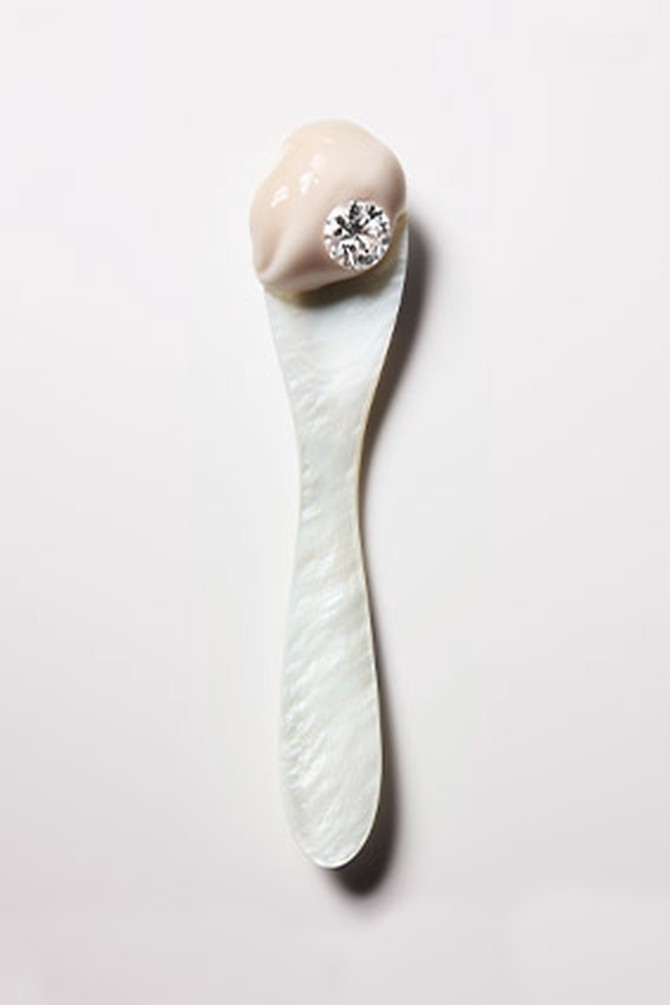
Photo: Craig Cutler
Price versus Promise
We've said it before, and we'll say it again: A drugstore product can transform your skin just as beautifully as a cream with a triple-digit price tag.
In fact, many inexpensive products are made by large companies with hefty research-and-development budgets that generate terrific results. But sometimes it's worth paying a little more. For example, potent antioxidants are expensive and require pricey light- and airproof packaging to keep them stable. A prescription retinoid is also a significant but worthwhile investment—it's the most active anti-ager you can put on your skin. Of course, the most effective skincare product is the one you use every day. So if you love the texture of a $50 sunscreen and never forget to use it, then it's a better choice than an equally fine $15 sunscreen you're not going to wear.
In fact, many inexpensive products are made by large companies with hefty research-and-development budgets that generate terrific results. But sometimes it's worth paying a little more. For example, potent antioxidants are expensive and require pricey light- and airproof packaging to keep them stable. A prescription retinoid is also a significant but worthwhile investment—it's the most active anti-ager you can put on your skin. Of course, the most effective skincare product is the one you use every day. So if you love the texture of a $50 sunscreen and never forget to use it, then it's a better choice than an equally fine $15 sunscreen you're not going to wear.
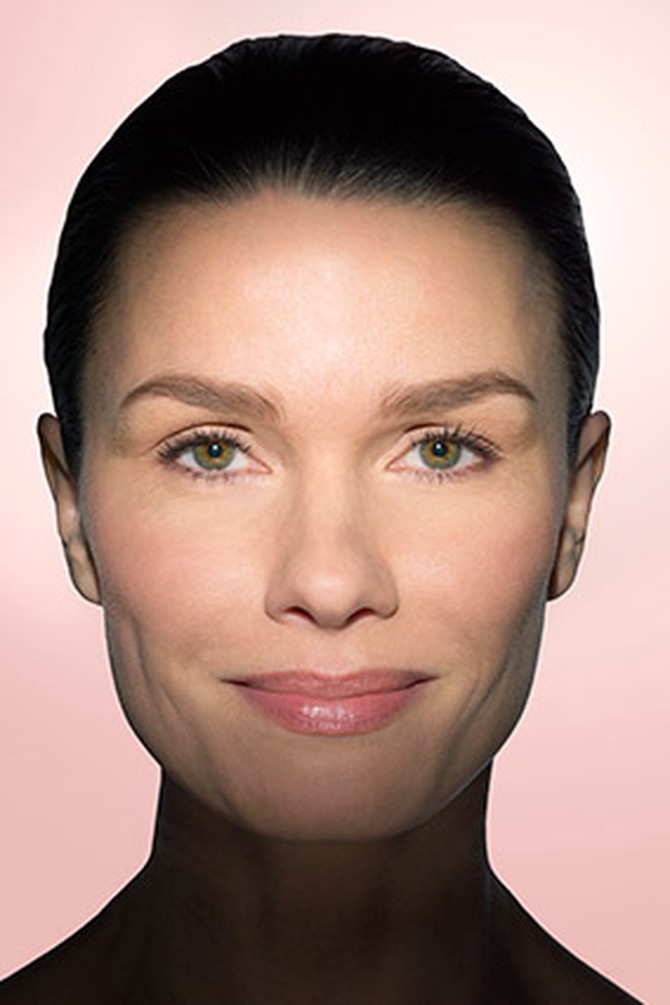
Photo: Craig Cutler
Decoding an Ingredients List
At the top: Ingredients present in high concentrations
If you're looking for a specific active ingredient (say, retinol or glycolic acid), it should appear here.
At the bottom: Ingredients present in trace amounts
These usually include fragrances, dyes, preservatives, and fancy botanicals used more for marketing than performance.
If you're looking for a specific active ingredient (say, retinol or glycolic acid), it should appear here.
At the bottom: Ingredients present in trace amounts
These usually include fragrances, dyes, preservatives, and fancy botanicals used more for marketing than performance.
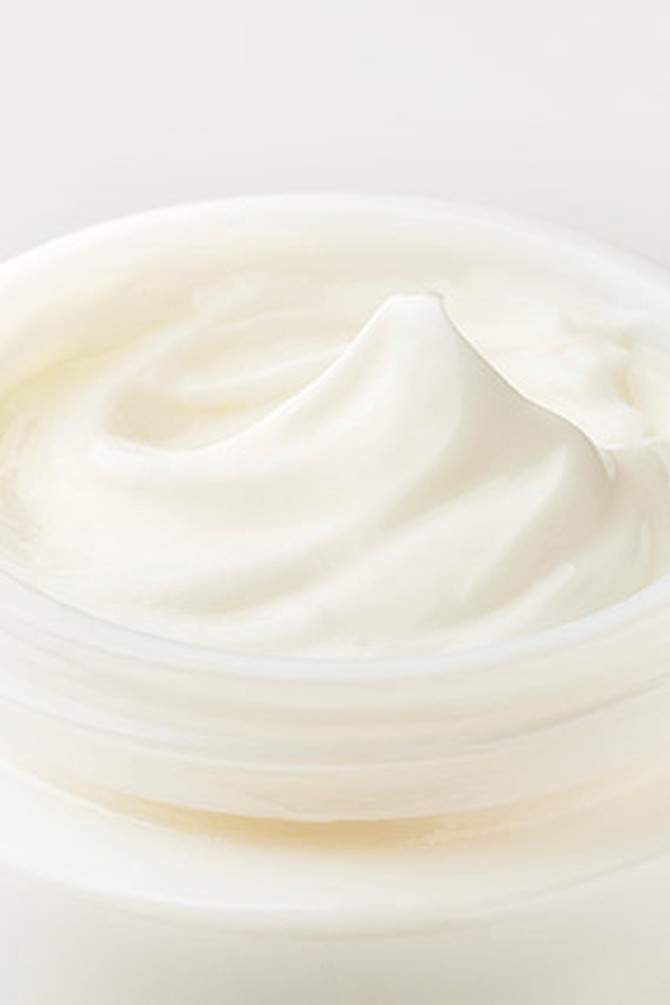
Photo: Thinkstock
Watch Your Wallet
These ingredients have more wishful thinking behind them than proven results.
Oxygen. Bottom line: Skin doesn't "breathe" and has no use for oxygen applied topically.
Collagen. Because it's a large molecule, collagen doesn't penetrate the skin. The only topical products shown to boost collagen levels are retinoids and vitamin C. Collagen is an effective moisturizer—but hyaluronic acid is a better one.
Stem cells. These regenerative cells have incredible potential—but there is so far little evidence supporting their effect when applied on the skin.
Precious metals. Gold has no moisturizing or conditioning effects. Silver has antimicrobial properties that are beneficial for the skin—but so does ethyl alcohol, which costs less.
Snake venom. Most products touting this poison include a compound (branded as Syn-Ake) that claims to keep muscles relaxed. There is very thin data supporting the claim. (See also: bee venom.)
Caviar. Just as fishy as it sounds.
Oxygen. Bottom line: Skin doesn't "breathe" and has no use for oxygen applied topically.
Collagen. Because it's a large molecule, collagen doesn't penetrate the skin. The only topical products shown to boost collagen levels are retinoids and vitamin C. Collagen is an effective moisturizer—but hyaluronic acid is a better one.
Stem cells. These regenerative cells have incredible potential—but there is so far little evidence supporting their effect when applied on the skin.
Precious metals. Gold has no moisturizing or conditioning effects. Silver has antimicrobial properties that are beneficial for the skin—but so does ethyl alcohol, which costs less.
Snake venom. Most products touting this poison include a compound (branded as Syn-Ake) that claims to keep muscles relaxed. There is very thin data supporting the claim. (See also: bee venom.)
Caviar. Just as fishy as it sounds.
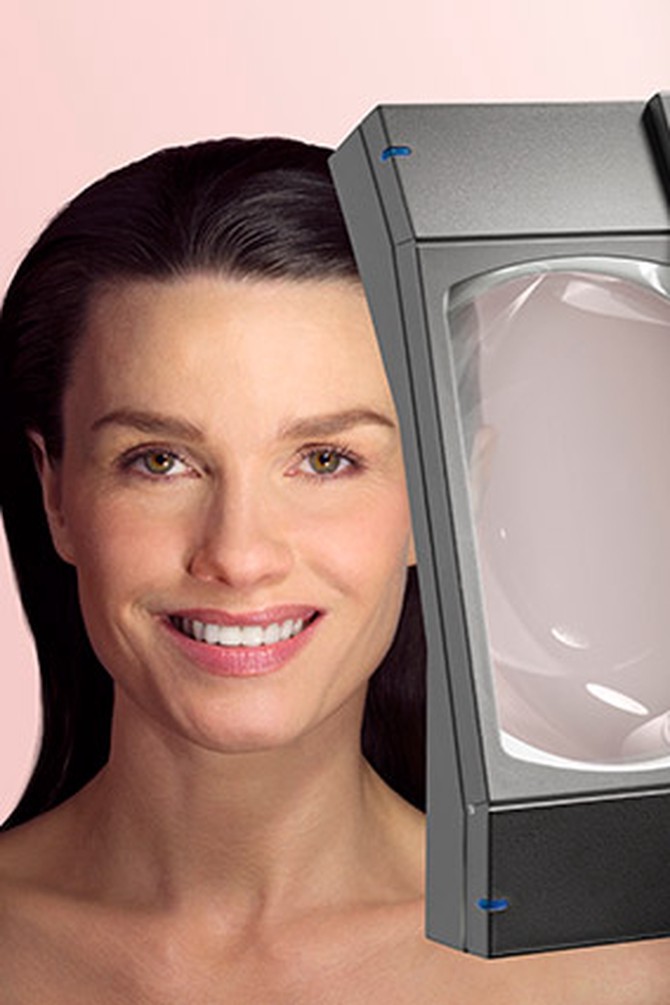
Photo: Craig Cutler
The Superstar Treatments
If time and money are on your side, these proven innovations are worth a trip to the doctor's office.
Next: 7 fruits and vegetables that reverse the signs of aging
Next: 7 fruits and vegetables that reverse the signs of aging
From the May 2013 issue of O, The Oprah Magazine

